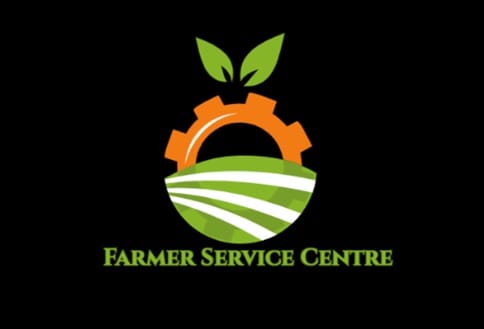
By George Munene
The Farmer Service Center is made up of a network of over 300 agricultural extension workers in 12 counties that help farmers with the entire farm to market value chain.
Started in January 2020, through its extensive network FSC helps farmers source ready markets for their crops before they even begin work on their farms. This is extended to the marketing of their crops as well as helping farmers gain basic financial literacy. At the farm level, farmers are trained on proper agronomy and correct post-harvest handling practices.
They also aggregate demand for products and services from disparate smallholder farmers—leveraging on the economies of purchasing in bulk to coordinate with agricultural service providers and have inputs delivered at the local level and at subsidised costs. These products and services include farm inputs such as fertilisers, pesticides, tractor tilling services, etc.
Related News: Digital marketplace enrolling farmers to meet global demand
Related News: Mobile app connects more than 20,000 farmers directly to extension officers
“It is comparatively cheaper to order for 100 bags of fertiliser than it is for two, similarly it is far more expensive to order tractor services to plough an acre as opposed to having 100 acres of farmland tilled,” explains Geoffrey Wanjala, Busia’s FSC Senior Agribusiness Cordinator.
Farmers are able to source for most of their inputs from the comfort of their homes reducing the usual overheads they would incur in transport costs.
The satellite FSCs also in turn help buyers mobilise agricultural commodities in bulk and from one central point reducing their logistics costs.
“Our farmer service center persons work from their own homes, others have physical centers and mini agrovets at the grassroot level; helping bridge the market access gap for agro-input manufacturers who mostly just have sales representative interacting with local farmers,” Wanjala elucidates.
To keep the model running and have it be impactful, Geoffrey contends that FSC officials need mentoring to shift from previously being farming group leaders to become entrepreneurs; some have opened agrovets within their localities as well as getting a cut from suppliers from the inputs deliverd to farmers. They also get a token of appreciation from buyers whom they help source for produce. Through the TOT, training of trainers, partnership model with companies within the agricultural space FSCs get assistance in building their capacity to be more effective with their help to farmers.
Related News: Processor guarantees prices for organic and traditional outgrowers
Depending on their regions, Farmer Service Centre personnel are partly chosen for their specialisation in the agricultural value chain of the various crops.
The Farmer Service Network can also be accessed online through Facebook where farmers can acquire agribusiness solution tips, have answers to any agricultural questions and referred to the FSC officers available in their regions.
Write comment (0 Comments)
















